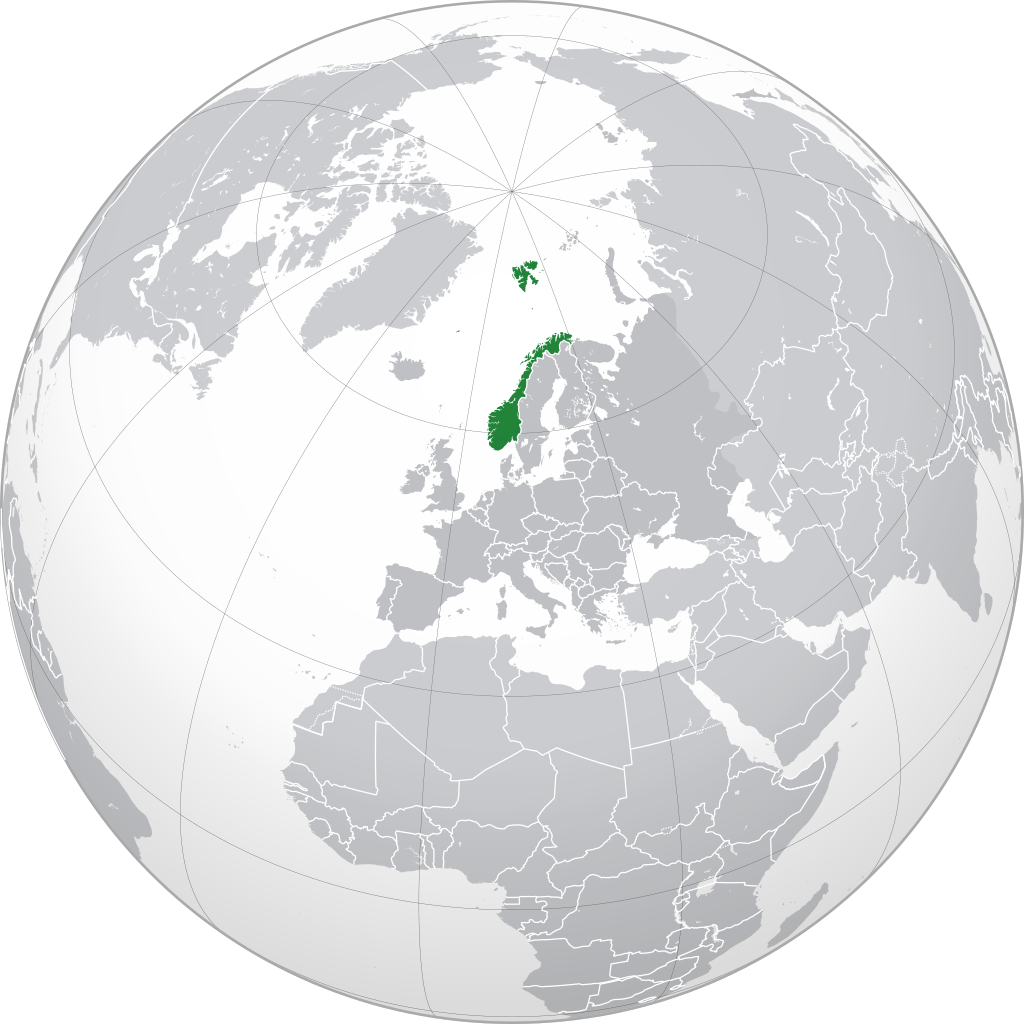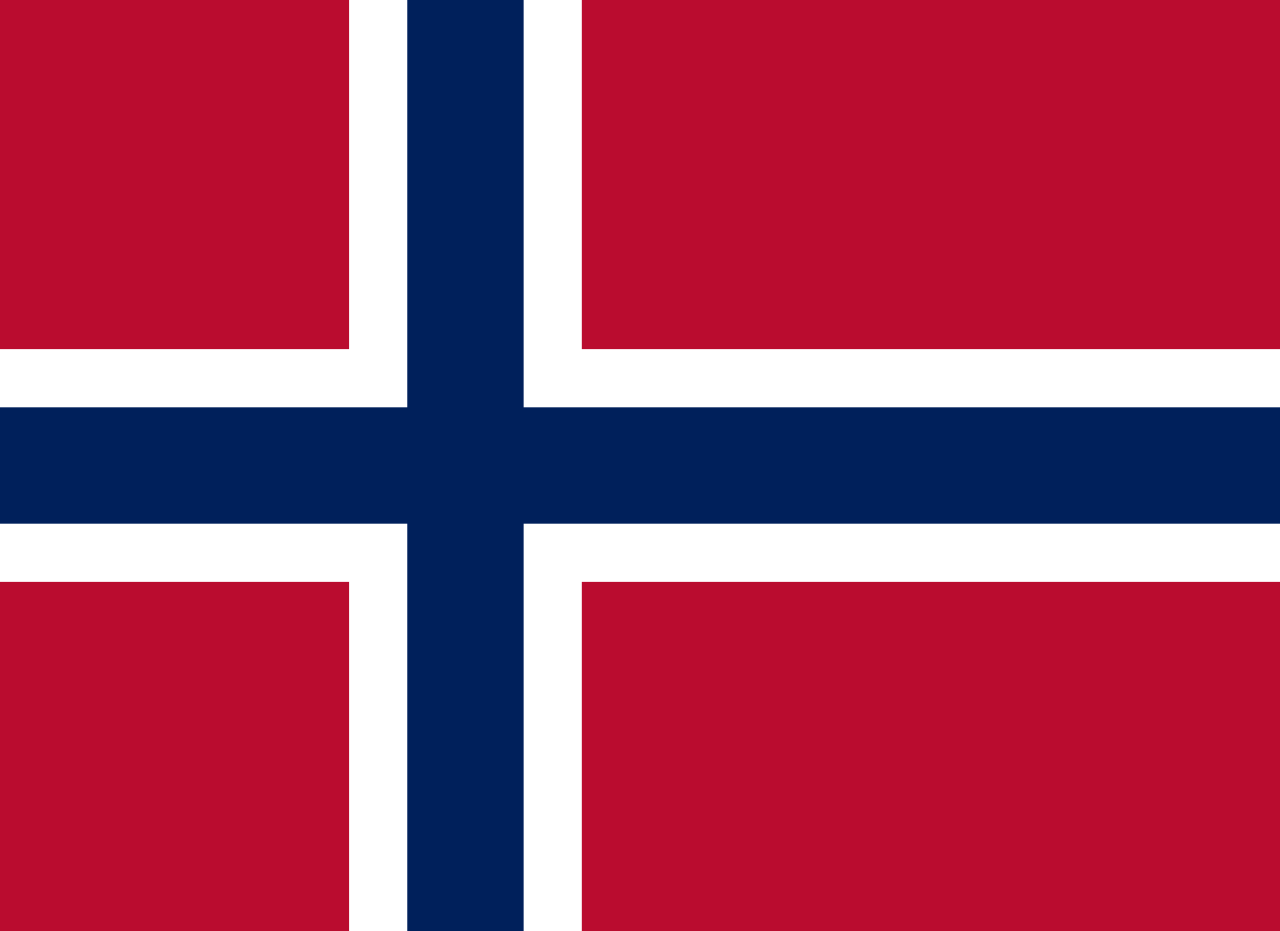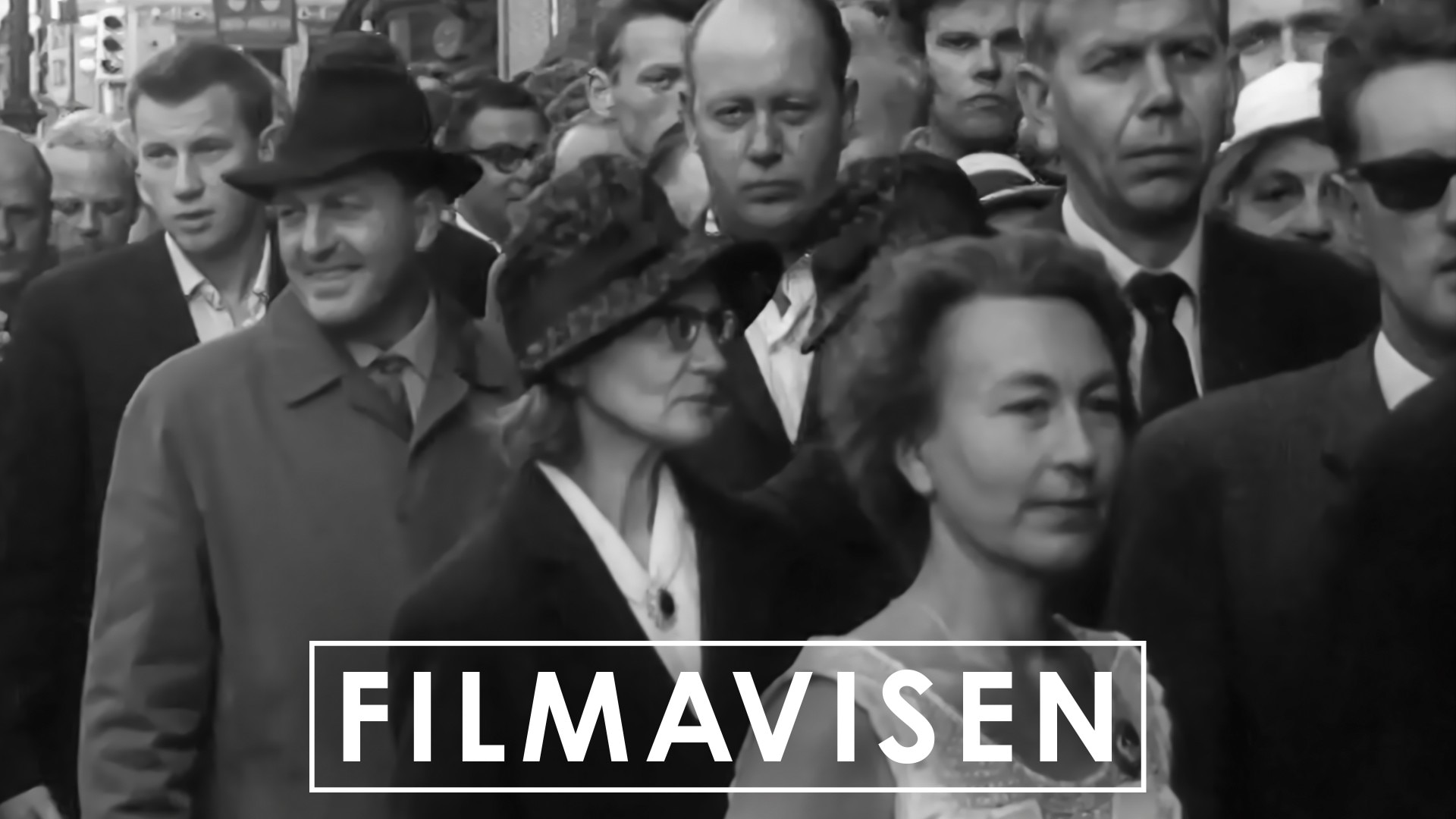Kada swimming fins.
According to A. A. Bryzgalov’s Soviet diving book
Основы подводного спорта [Underwater sports basics], these “Norwegian fins (pair) are 1.2 kg in weight. The area of one fin is 480 cm². They are elastic, their specific gravity is greater than that of water, and hence they sink. The surface of the fins is smooth; the blade has a 13° bend.”
The Norwegian Maritime Museum (Norsk Maritimt Museum) website lists the following Kada swimming fins among its holdings:
Svømmeføtter Kada. Kada swim fins. Size: 36-38. Length: 38.0 cm. Width: 17.5 cm. Height: 6.0 cm. Colour: green.
Svømmeføtter, Type Kada. Kada swim fins. Length: 46.0 cm. Width: 19.8 cm. Height: 5.5 cm. Colour: green.
Svømmeføtter Kada. Kada swim fins. Size: 36-38. Length: 35.5 cm. Width: 19.6 cm. Height: 6.0 cm. Colour: black.
Svømmeføtter, Type Kada. Kada swim fins. Length: 44.0 cm. Width: 20.0 cm. Height: 7.0 cm. Colour: blue with white marbling.
Here ends this Norwegian thread. I wish there was more to say about early diving equipment in the country, but little information is forthcoming online. I shall start a new thread midweek, probably one dedicated to mid-twentieth-century underwater swimming gear in Turkey, now officially known as "Türkiye".









